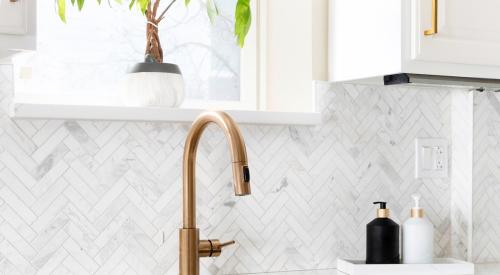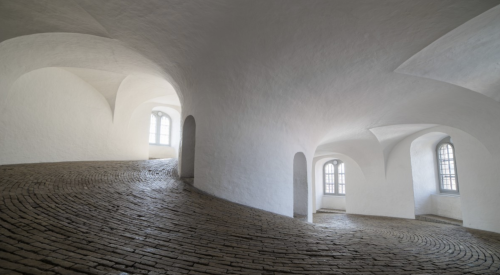"We are the first cabinet company to use a combination of equipment technology and finish formulation to virtually eliminate hazardous air pollutants,’’ says Canyon Creek president Bill Weaver. "In turn, this helped us avoid the requirement for a special air permit."
Before building its new 196,000-square-foot facility two years ago, Canyon Creek operated like the vast majority of other cabinet manufacturers-with solvents. The decision to build the new facility presented the firm with an opportunity to examine its waste control options. They soon found that by building a half-mile conveyor belt that added room for more drying ovens and for air drying, the company could switch to mass production of finished cabinets using cleaner water-based finishes, Weaver explained.
"Canyon Creek was classified as a major source of hazardous materials and waste, so we started looking for ways to reduce or eliminate them,’’ says the company’s regulatory affairs manager John Earl.
"Importantly, the company will likely be more profitable over the long term as a result of its investment and move away from solvents. In addition to reduced ongoing costs for pollution control, water-based finishes have consumer benefits," says Weaver. "We’ve almost doubled the thickness of the finish on the door and it has a much better touch and look, plus it’s much more durable."
The switch to water-based solvents was not immediate, but rather gradually phased in. In fact, of the many layers of sealant and top coats that comprise a cabinet finish, Canyon Creek still uses one layer of solvent-based sealant.
"If you use a water stain, you can’t put a water sealant on top of it," explains Weaver. "So we still have that last little piece that as the technology develops, we’ll eventually adopt." During its transitional journey, Canyon Creek worked closely with state and local regulatory agencies. In September the company received The Governor’s Award for Outstanding Achievement in Pollution Prevention from Washington Governor Gary Locke. Says Weaver, "Everyone won."










